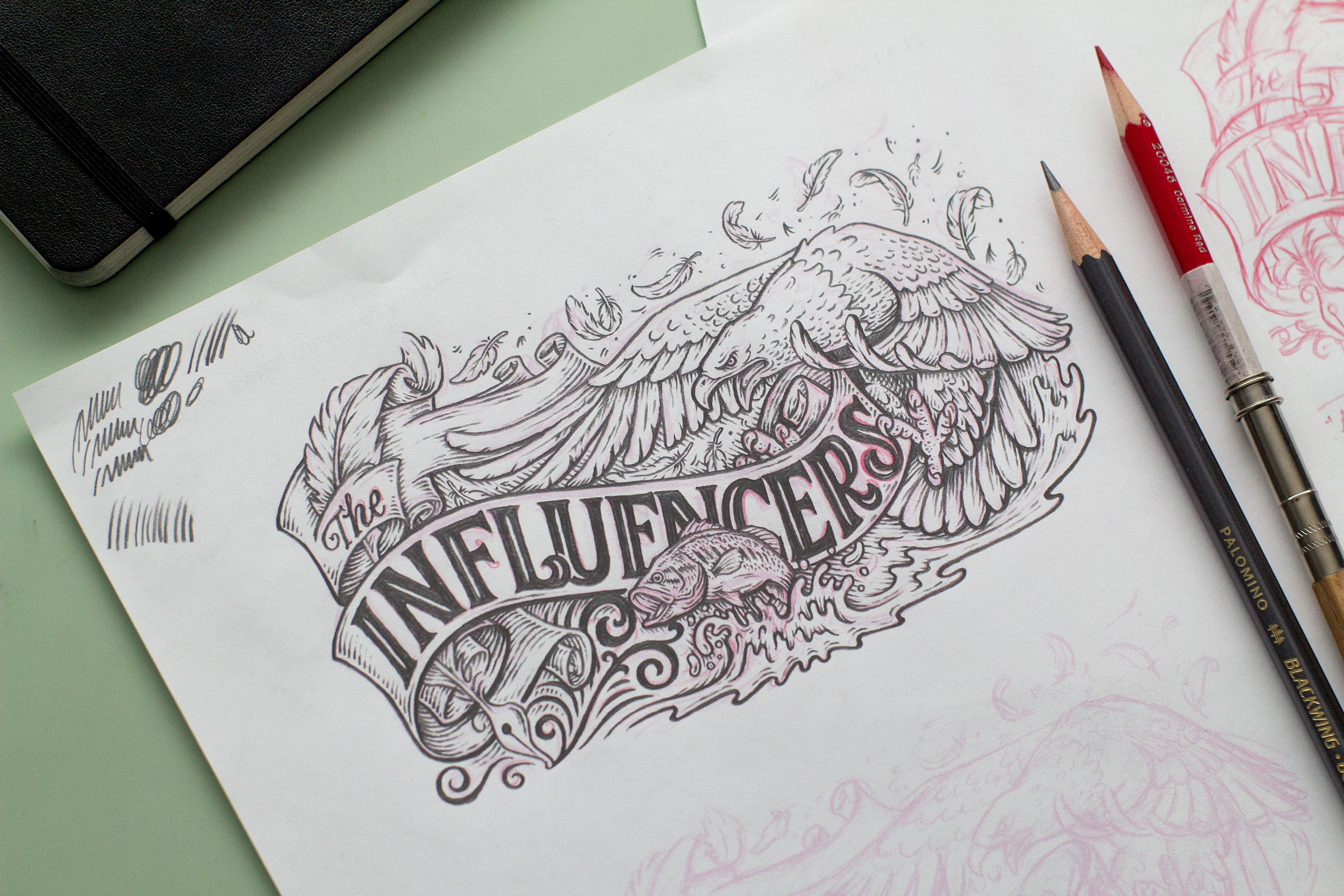
Process
While each job comes with its own particular set of needs every job can be broken down into three distinct phases; 1. Ideation/Sketches; 2. Revisions; and 3. Finals.
In order to give a glimpse into how I approach this process, I have assembled a brief case study of an editorial project that I completed for Outdoor Life Magazine Art Director (AD), Brian Struble.
At the end of this page you will also find a short explanation of how I quote projects.
Phase 1 — Ideation and Sketches
To kick things off, the AD sends me an email explaining the vision that he and his editor have for the article. This set of information pertaining to the job is called a brief. Often times, the brief takes the form of a .pdf including reference imagery helpful in communicating the general idea and aesthetic to be achieved in the artwork. A clear and thorough brief is key to a successful collaboration.
Once an agreement has been made on cost and timing I then set to work on rough sketches. For this job only one initial sketch was required, some jobs may required more. The initial sketch is loose in nature and lacking fine detail. The main idea here is to quickly communicate the composition and personality of the illustration before moving on to the
meticulous task of rendering final artwork.

Initial Sketch
Once the initial sketch is approved a more clearly drawn sketch is made. This is done while taking into account the AD’s feedback in which various revisions and considerations were requested. It may take several rounds of feedback and revisions before the refined sketch is approved.
Generally, as part of a jobs agreement, only a limited number of revisions will be made available. This revision limit helps to keep both the client and myself accountable to the jobs scope and ensures that feedback and revisions will be considered with careful attention.

Refined Sketch
Phase 3 — Final ArtworkOnce the sketch has been revised and refined to a satisfactory point, final artwork is then produced. Most all final artwork is made on paper using traditional mediums although some final artwork is created in a purely digital format.
Nonetheless, at this phase, it becomes increasingly important that all revisions to the artwork have been expressed and addressed. Revisions made to final artwork, while possible, do require more time and may merit additional fees.




Toolkit
The applications and tools listed here are those which I use every day in my creative process. Nearly all sketches are made on my Wacom Cintiq tablet within Photoshop. This allows for quick and easy revisions while in the early stages of the creative process. That said, as stated above, nearly all final artwork that I render for my clients is still made using traditional mediums before being scanned and converted to a digital format. This workflow allows me to keep time with the fast pace nature of our day while
simultaneously providing my clients with a product drawn from timeless, traditional, techniques.
Hardware:
Software (Adobe CC):
- Apple iMac
- Wacom Cintiq
-
Pen & Pencil
- Paper & Scratchboard
Software (Adobe CC):
- Photoshop
- Illustrator
- InDesign
Pricing
Please note that I do not quote based on an hourly rate. Rather, when drawing up a proposal, I take into account the entirety of a project’s scope. This includes factors such as usage (how and for how long the artwork will be used), the level of detail required in the rendering of the artwork, how soon the artwork is needed…etc.
I have found project based pricing to be most effective in keeping both artist and client accountable to a clearly defined agreement. That is to say, the artist does not abuse an hourly rate at the client’s expense and the client keeps feedback clear and concise within a limited number of revisions to ensure that the project stays on course.
Conclusion
Regardless of your budget and turnaround time I am more than happy to discuss what a collaboration with you or your brand might look like.
Thank you for taking a moment to learn a bit about my process. I look forward to hearing from you.
![]()

